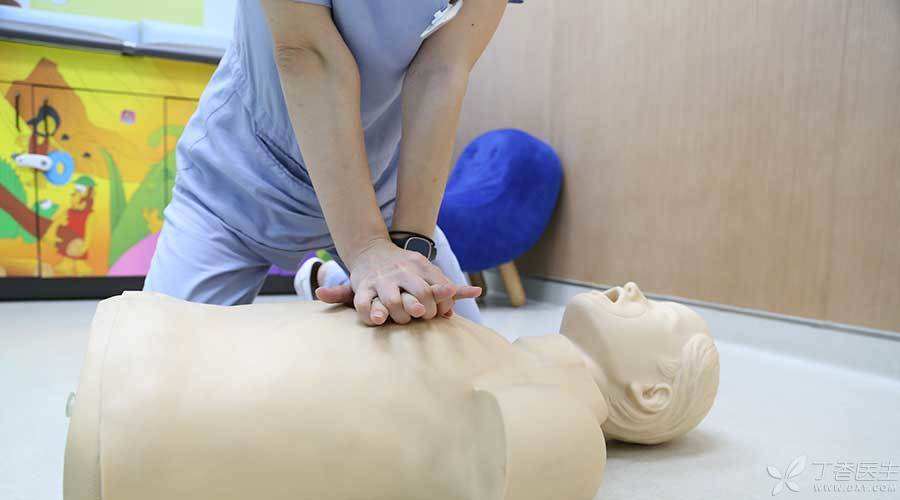
If someone suddenly faints and suffers from sudden respiratory and cardiac arrest, the best rescue time is 4-6 minutes. No matter who has mastered the necessary first aid knowledge, a life may be saved at the critical moment.
To save lives, you need to do three things.
I. Judgment: Has his/her breathing and heartbeat stopped?
Time-consuming:No more than 10 seconds.
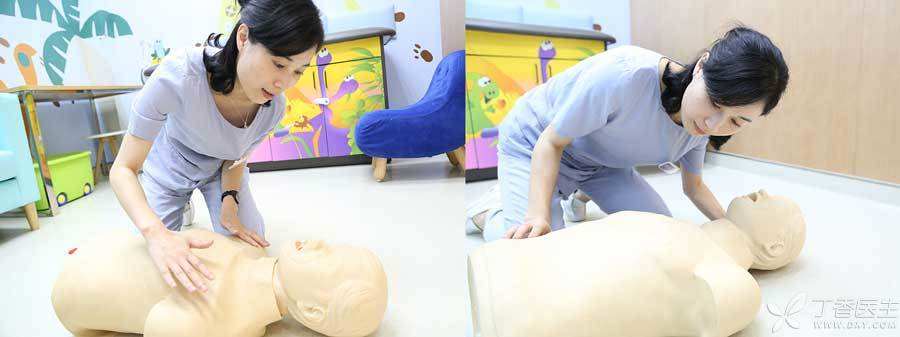
Judgment method
- Reaction: Tap your shoulders, call loudly, and observe whether there is reaction. Breathing: Observe whether there are ups and downs in your chest and abdomen.
If the patient does not respond, does not breathe or does not breathe normally, do the second thing immediately.
Second, help: call 120 and find AED
If there are others on the scene, they need to ask others for help in time and arrange two people to do these two things respectively.
Make [120] a call
After the phone call is made, the following points should be explained concisely and accurately:
- The patient’s name, sex and age, if it is a stranger, visual inspection of the sex and approximate age is sufficient; The current situation of the patient: whether there is breathing or heartbeat; Detailed address of the scene of the disease.
After that, don’t hang up the phone in a hurry, wait for [120 dispatcher] to ask questions and answer them quickly and accurately.
Find AED
AED is an external defibrillation device, which can save lives when used well.
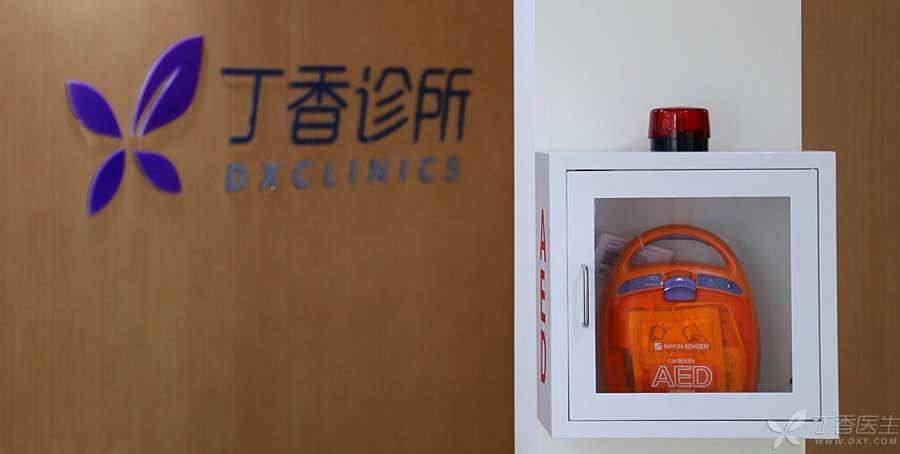
3. Cardiopulmonary Resuscitation
If there are enough manpower, one person can perform cardiopulmonary resuscitation on the patient, including chest compressions and artificial respiration, while making 120 phone calls and looking for AED.
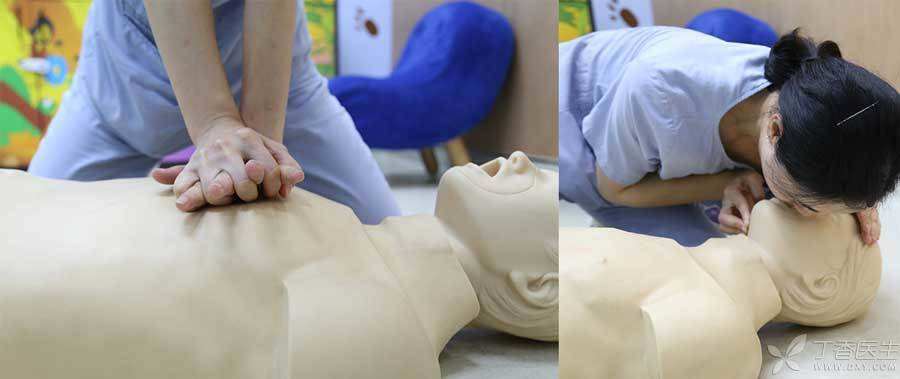
Chest compressions
- Let the patient lie on his back on a hard surface; Pressing site: the midpoint of the connecting line between the two nipples of adults, or the lower part of sternum; The palm root of one hand is placed in the pressing area, and the palm root of the other hand is overlapped on the back of the hand. Adult compression depth of at least 5 cm, not more than 6 cm; The pressing depth of infants was 4 cm and that of infants was 5 cm. The pressing frequency is 100 ~ 120 times/minute.
Artificial respiration
- Place one hand on the patient’s forehead, press back slightly to tilt the head back, apply force under the chin bone with the other hand, lift the chin and pinch the patient’s nostrils tightly, blow mouth to mouth until the patient’s thorax is lifted upward to open the patient’s mouth, and loosen the fingers pinching the nose.
Note:
- According to the proportion of 30 compressions: 2 artificial respiration, continue uninterrupted. If you don’t want artificial respiration, you can only press without blowing.
After the AED is in place, defibrillation begins
1. Remove AED, rush to the patient’s side, and turn on the switch;
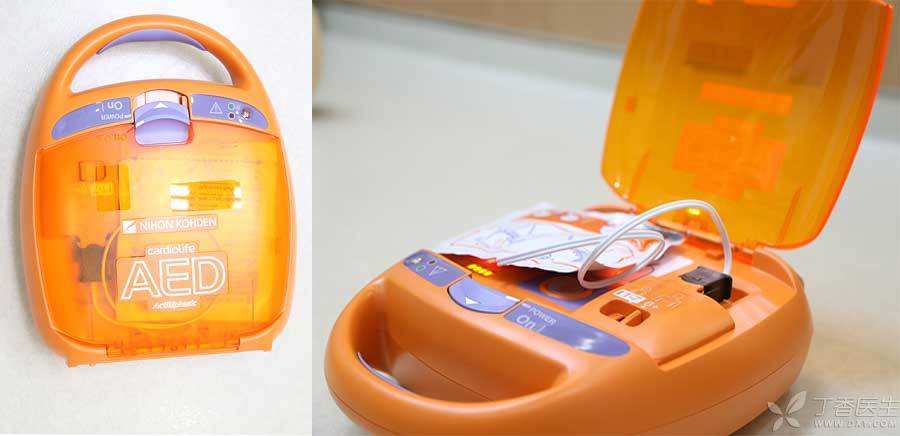
2. Open the patient’s chest, connect the electrode pieces according to the prompt tone, and the electrode pieces are directly attached to the skin;
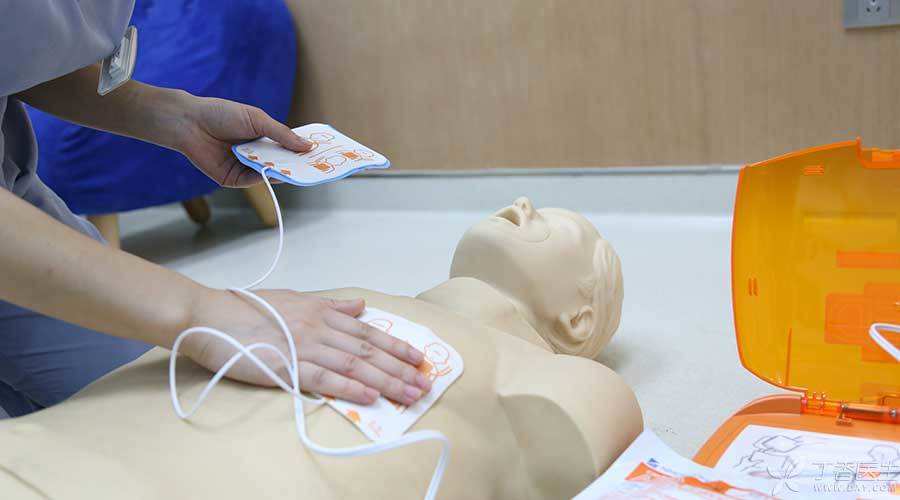
3. AED starts to automatically analyze heart rhythm. At this time, no one should contact the patient.
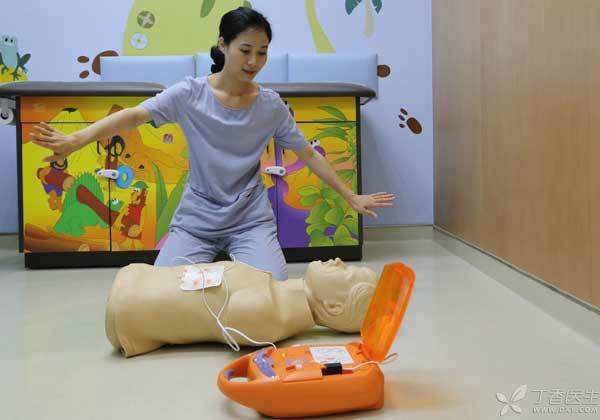
4. If AED recommends electric shock, press the defibrillation button, and then no one should contact the patient.
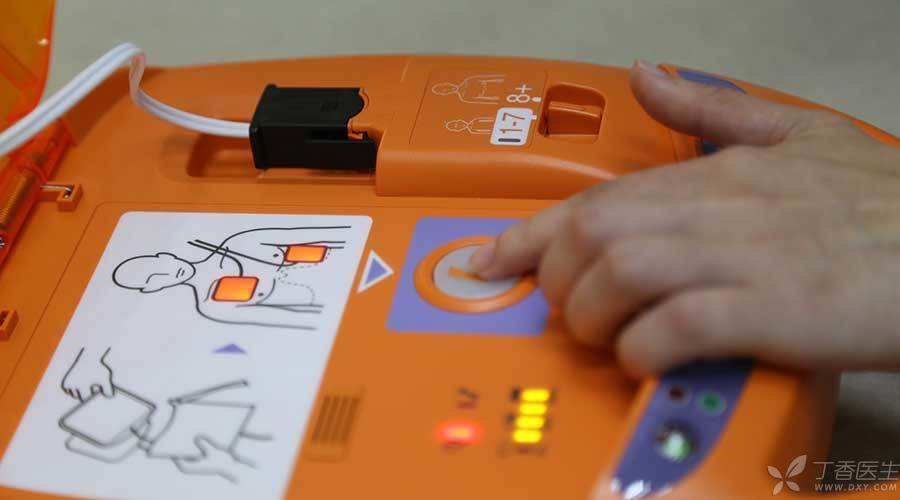
AED was evaluated again after 5 cycles of cardiopulmonary resuscitation (about 2 minutes) immediately after defibrillation for the first time.
Evaluation
Cardiopulmonary resuscitation observes the patient’s condition every two minutes (no more than 10 seconds, see Step 1)
If the patient’s heartbeat and respiration recover, cardiopulmonary resuscitation and defibrillation are not required. We need to stay beside the patients and wait for the arrival of professional emergency personnel.
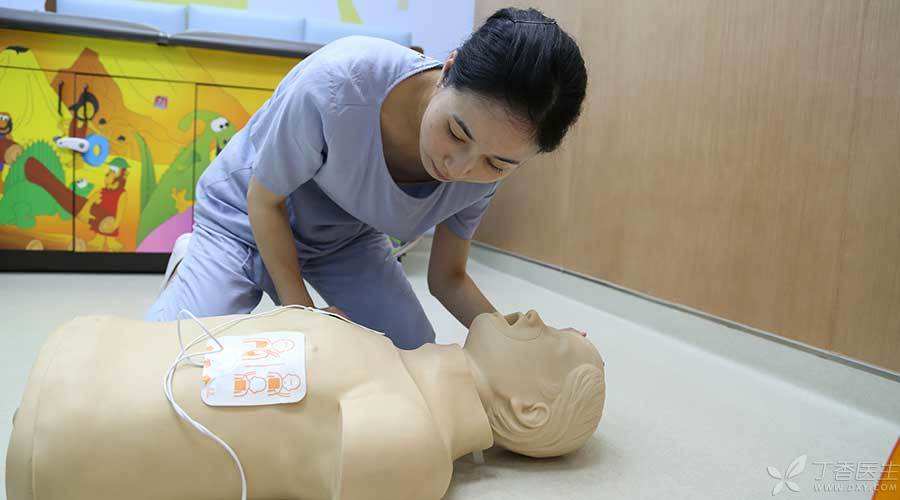
Please note:
-
All suspected head, cervical vertebra and spine injuries should not be moved at will.
-
If you don’t know how to give first aid on site, you can ask the dispatcher or the first aid personnel on the way on the 120 phone.
-
In the absence of AED, cardiopulmonary responsibility is continuously carried out until the medical staff arrive.
